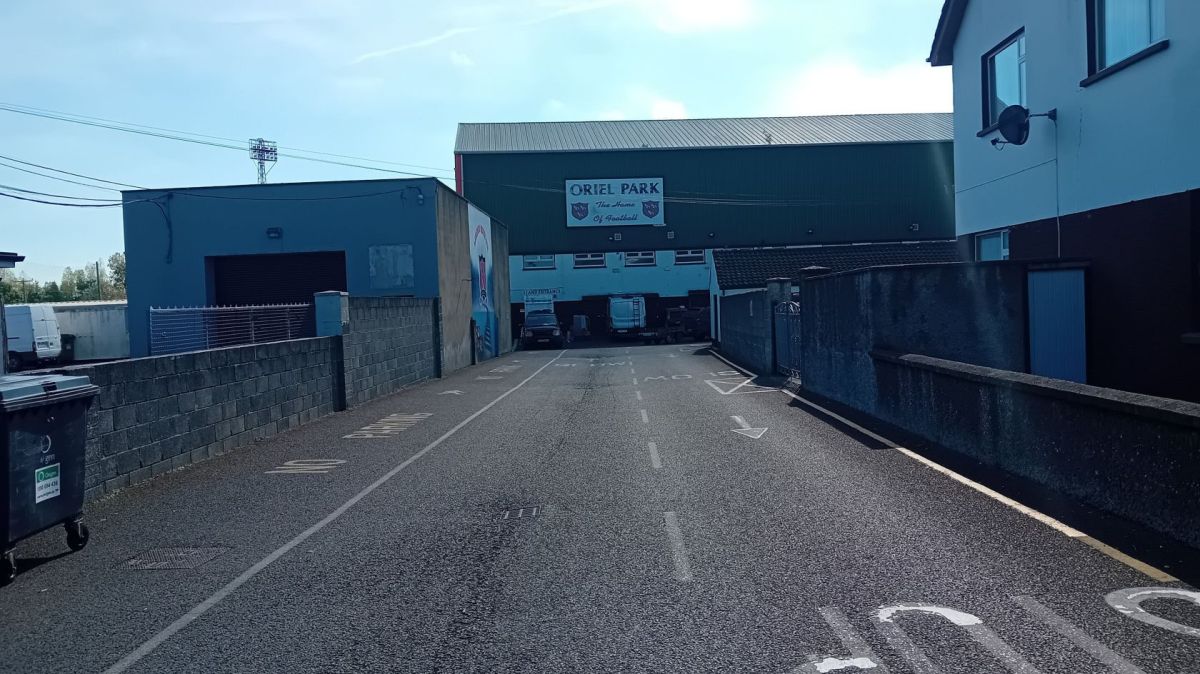Dublin saw a 5% increase in passenger traffic from January to June, while Cork recorded an impressive 11% growth, making it the fastest-growing airport in Ireland.
The group's revenue reached €504.3 million, marking a 10% increase compared to the same period last year. This growth was fuelled by a 15% rise in domestic revenue, which totalled €389.3 million.
Group profits after tax, excluding extraordinary items, surged by 44% to €83.1 million, up from €48.8 million in the same timeframe in 2023.
Aeronautical revenue grew by 21% to €157.1 million, while domestic non-aeronautical revenue increased by 12% to €232.3 million, driven by food and beverage sales, retail sales, and other passenger services.
The group also rebranded the duty-free stores at Dublin and Cork airports during the year. Profits before tax from the group’s international retail, consultancy, and management operations, managed through Aer Rianta International cpt (ARI) and daa International Limited (daaI), rose from €10.5 million to €14.2 million.
DAA’s CEO, Kenny Jacobs, expressed satisfaction with the strong financial and operational results for the first half of 2024, attributing this success to the hard work of employees both domestically and internationally. He noted that the ongoing rise in passenger numbers and revenue demonstrates the robust demand from travellers and airlines for growth at their airports.
However, Jacobs warned of significant challenges ahead due to ongoing planning issues and the 32 million passenger cap at Dublin Airport, which will impact performance in the second half of the year and into 2025. He emphasized that the group’s ability to expand to meet the growing demand for international travel is currently limited at Dublin Airport due to the 2007 passenger cap.
He Indicated that reduced seat availability this winter and next summer will likely lead to higher airfares and fewer options for travellers until the cap is resolved through the necessary planning permissions.
DAA submitted an application for a 40 million passenger capacity nearly a year ago and anticipates it may take another two years for approval.
In the meantime, they are working on a “no build” operational application to lift the cap, which they hope will progress more quickly through the planning process.











